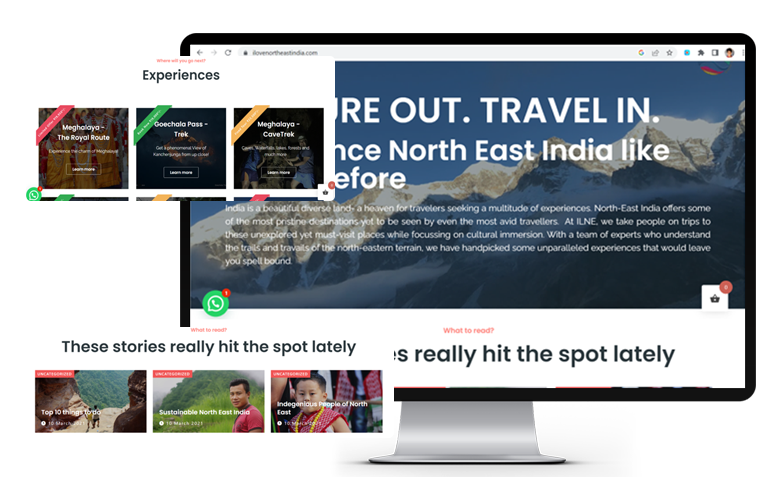
The modern workplace has been in a state of flux over the past 2 years. We are witnessing a rapid change away from our preconceived ideas on leadership and work culture. Remote work set-ups have showcased how productivity is not limited to an employee’s work environment, which has opened the doors for us to experiment with alternative work settings.
The four-day workweek model has recently gained traction due to its success in Iceland and New Zealand. Both the countries were able to achieve a rise in employee productivity and mental wellbeing by reducing the number of working hours from 40 to 32 hours per week. While the group of employees were able to deliver the same output within the reduced window, the reduced working hours also helped them overcome signs of stress and burn-out.
This has the workforce of the world wondering if this model could be the next step in the transformation of the modern workplace – or merely a utopian pipedream.
A Bundle of Benefits
The model comes with an array of benefits, both for the employees as well as the companies. The employees who were involved in the experiments conducted in Iceland and New Zealand reported a significant drop in their stress levels and an improvement in their emotional wellbeing. With more time to themselves, they could now tend to other areas of their lives which often get neglected in a traditional work setting. In addition to this, the companies reported a reduction in operational costs while maintaining the overall output. This meant an increase in profits with increased employee efficiency and wellbeing.
This sure does sound like we’ve struck gold, however, it’s not that simple –
A Global Solution?
While the four-day model is surely promising, it is set in Iceland and New Zealand – both of which are amongst the few developed countries of the world. This makes a huge difference in the type of jobs and labour laws. These factors pose a sizeable challenge in the model’s applicability across the global workforce.
Developing countries have a labour-based market, which means that every hour contributes to their economic growth. This includes countries such as India, which is built on outsourcing its skilled labour resources. When a country like this reduces its work hours, it could directly hinder its economic stability.
India, in addition to being a labour-based economy, poses a special challenge with its labour laws which dictate a 48-hour workweek for employees. While the employees are allowed to work for fewer days a week, they would have to maintain the 48-hour output. This would mean a 10-12 hour workday, making it even more stressful. It completely defeats the purpose of the model – a reduction in working hours, and an increase in employee wellbeing.
Finally, the model is limited to knowledge-based jobs, and might not apply to healthcare, banking, and service or labour-based industries. These industries have the longest workweeks but also offer services that cannot be cut short to a four-day window.
Understanding The Four-Day Workweek Model As An Attitudinal Shift
The four-day workweek model comes with its challenges, but it is a very promising start. It signifies a shift in the mindset towards creating a more holistic work atmosphere. Above all else, it aims at enhancing employee wellbeing. It does not necessarily need to be fewer working hours, but simply a more flexible setting that can better accommodate the needs of the employees.
While the initiative cannot be applied across sectors, it is nudging us to take steps towards building healthier workplaces. Improving on leadership models, building communication skills, extending unconditional support in times of need can contribute to making the workspace feel safer and improve employee wellbeing.
As we revive from the “hustle” culture, where work-till-you-drop was worn like a badge of honour, such initiatives being celebrated is testimony that we are moving towards a healthier tomorrow.










